- All methods for permanent contraception are safe and effective.
- Some surgeons offer salpingectomy as an option for permanent contraception.
- Hysteroscopic tubal occlusion using micro-inserts is not available in the United States as of December 31, 2018.
Latest Updates
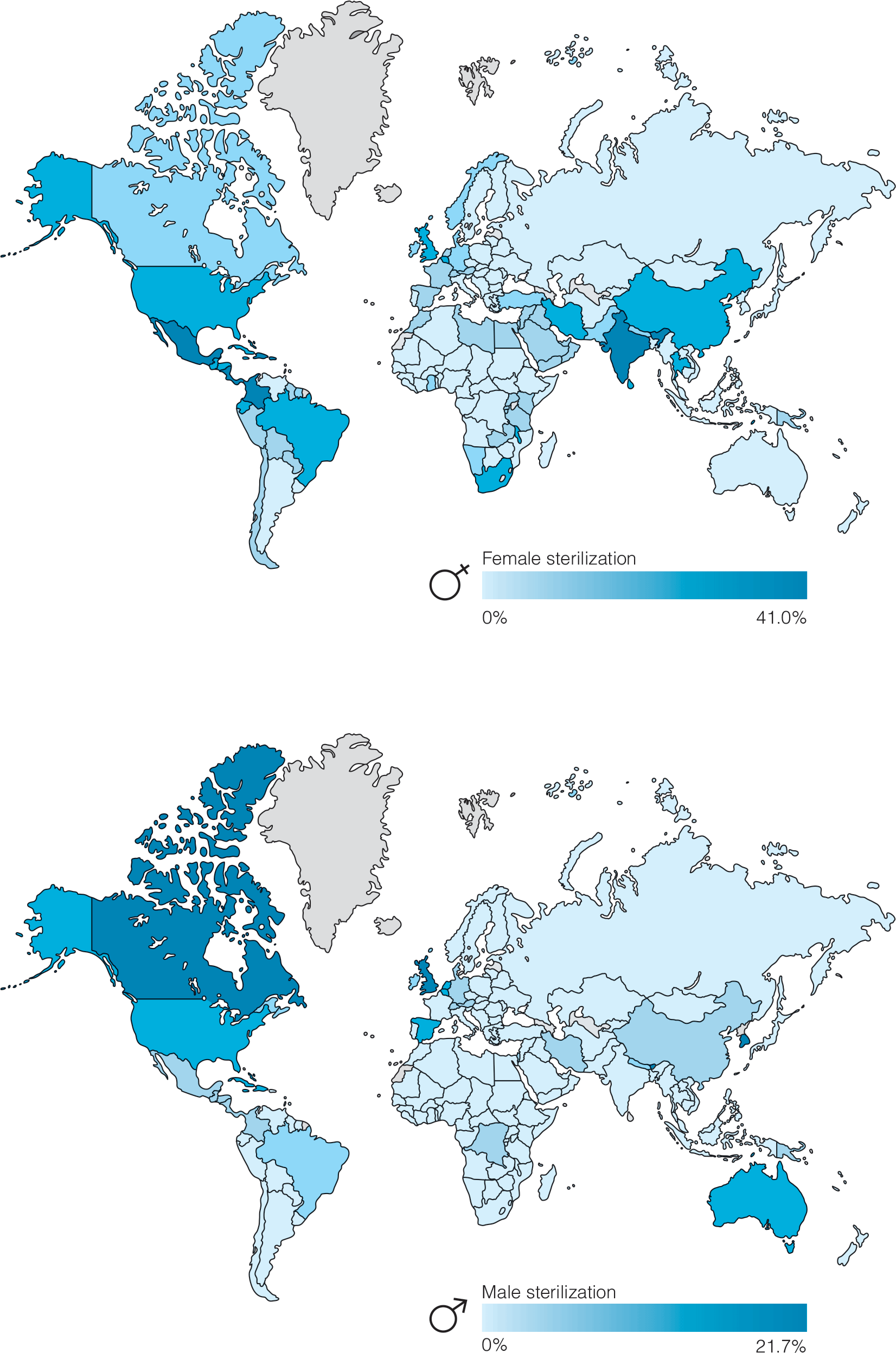
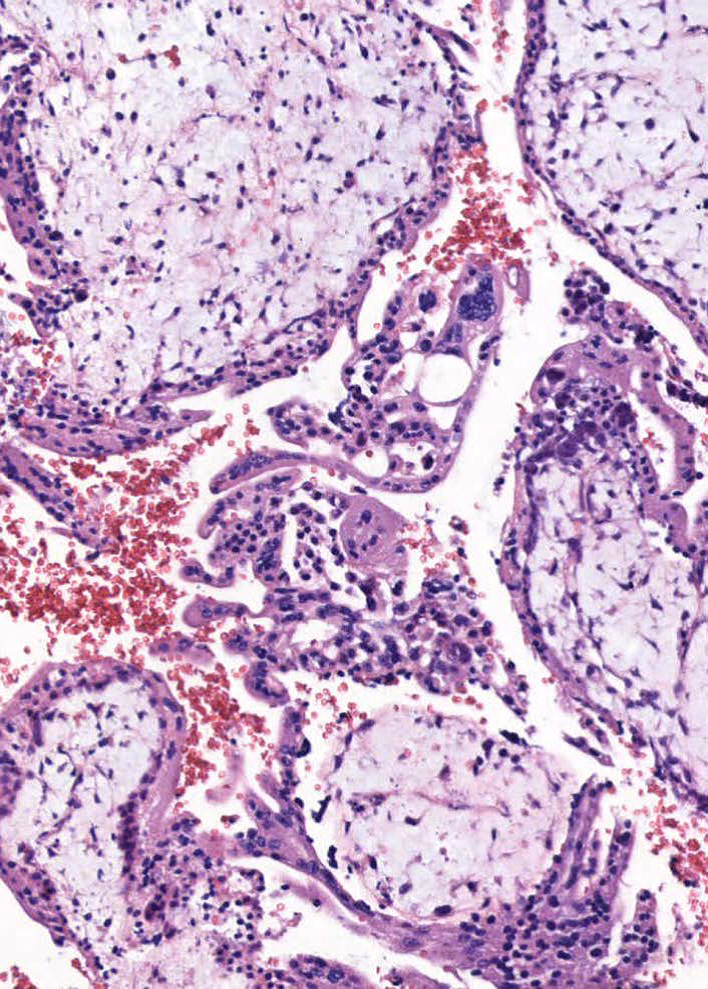
Gestational Trophoblastic Disease
- Gestational trophoblastic neoplasia (GTN) is defined by a plateaued, rising, or prolonged elevated β-hCG value after molar evacuation; histologic diagnosis of choriocarcinoma, invasive mole, placental site trophoblastic tumor, or epithelioid trophoblastic tumor; or identification of metastasis after molar pregnancy evacuation.
- Once a diagnosis of GTN has been made, the WHO prognostic score and FIGO 2000 staging are the best tools for establishing prognosis and treatment.
- Treatment for low-risk GTN confined to the uterus may include a second suction curettage as 40% of patients treated with second curettage instead of single-agent chemotherapy had a β-hCG normalization within 6 months and avoided chemotherapy.
- Patients with high-risk metastatic GTN should be treated by individuals who have experience in treating this relatively rare disease.
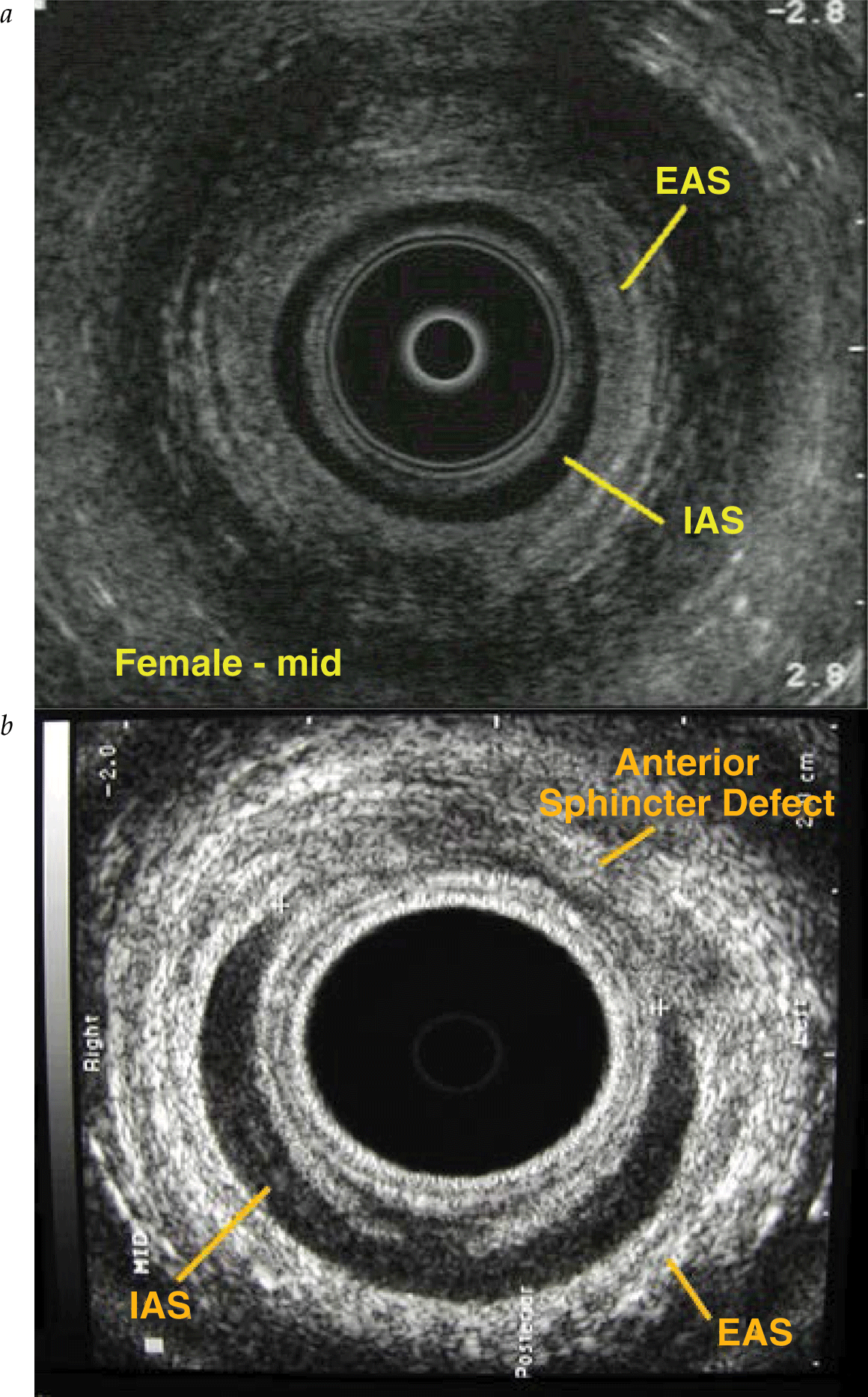
Fecal Incontinence: Nonsurgical Management
- Fecal incontinence is a prevalent and often undiagnosed entity.
- Fecal incontinence is associated with significant stigmata and decreased quality of life.
- It is a multifactorial disease, and initial evaluation should be initiated with a thorough history and physical examination.
- Initial management starts with medical management and pelvic floor physical therapy.
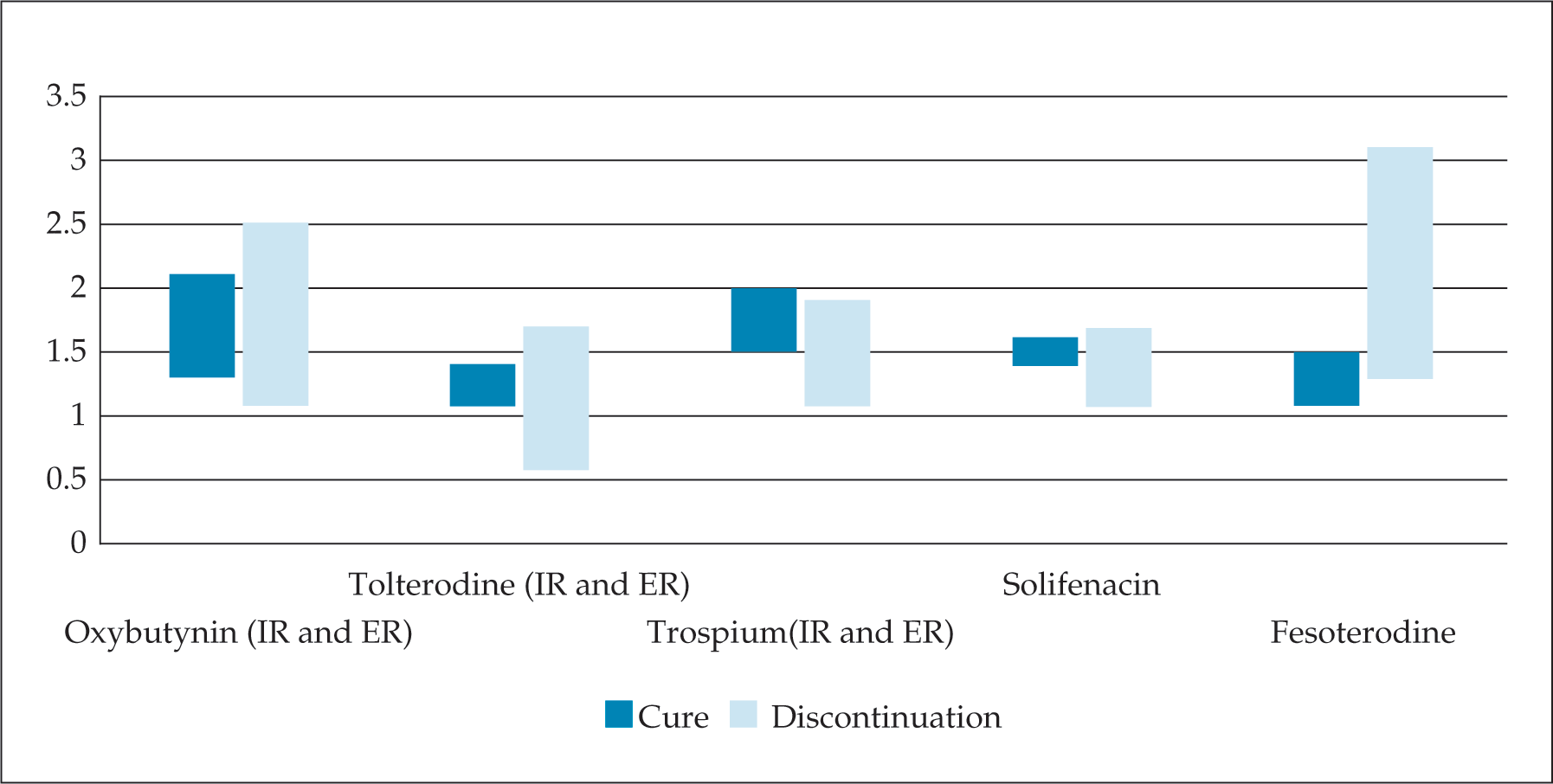
Nonsurgical Management of Overactive Bladder
- β3 adrenergic agonists
- Dementia associated with anticholinergic use
- Benefit of combining medication with behavioral or pelvic floor muscle therapy
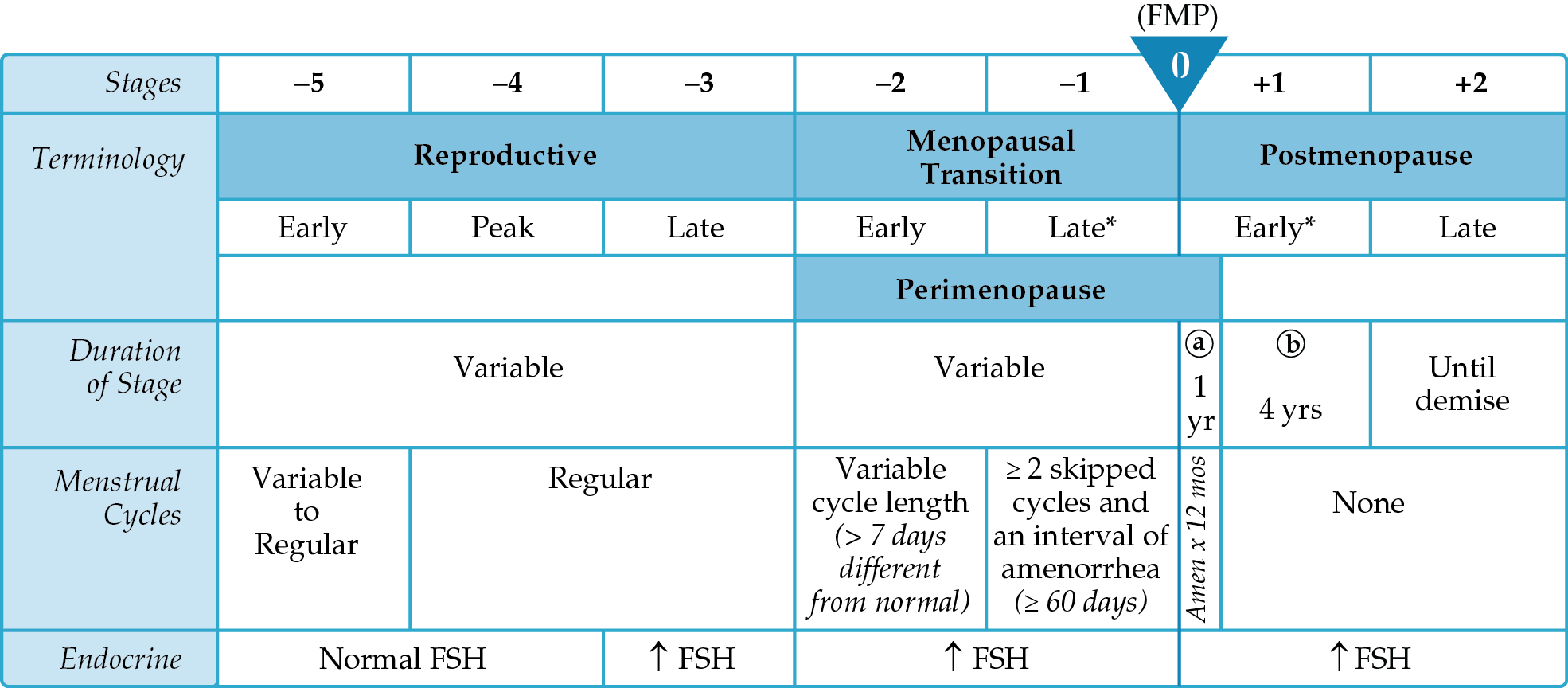
The Menopause Transition: Physiology, Definition, Symptoms, Diagnosis, and Evaluation
- Abnormal meiotic spindles as well as microtubule and mitochondrial dysfunctions are more common in aging oocytes and contribute to declining oocyte quality with age.
- The Stages of Reproductive Aging Workshop developed a reliable and useful staging system that addresses the medical and social consequences of reproductive aging.
- The Study of Women’s Health Across the Nation cohort has been examined multiple times to demonstrate the racial/ethnic, socioeconomic, and age-related disparities in symptomatology of the menopause transition.
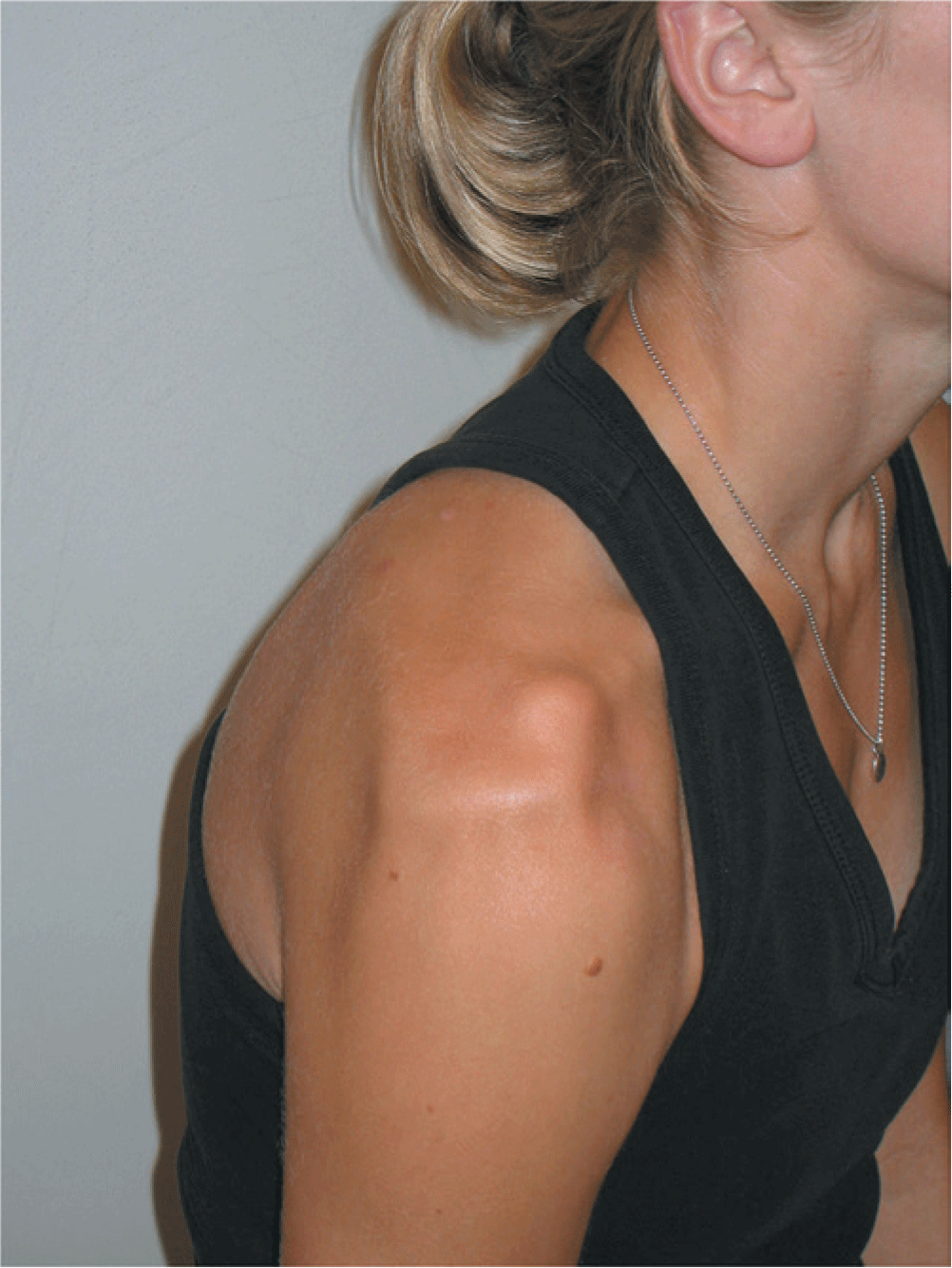
Musculoskeletal Problems In The Female Athlete
- Operative treatment is not as successful for atraumatic shoulder instability as it is for traumatic instability. Treatment should start with a supervised exercise regimen.
- Prevention programs, including neuromuscular and proprioceptive interventions, reduce ACL injuries by 50.7%.
- There is a lack of evidence to show that knee orthoses reduce knee pain or improve function in individuals undergoing exercise programs for patellofemoral pain.

Health of Immigrant and Refugee Women
- It is increasingly recognized that health of migrants is significantly impacted by many factors before, during, and after migration.
- Migrants are increasingly presenting with chronic health conditions similar to people in high-income countries.
- There is a higher prevalence of posttraumatic stress disorder in forced migrants, which affects psychosocial health during resettlement.
- Specific cultural practices (eg, female genital cutting) may still be seen in migrant women, and require appropriate follow-up and care.
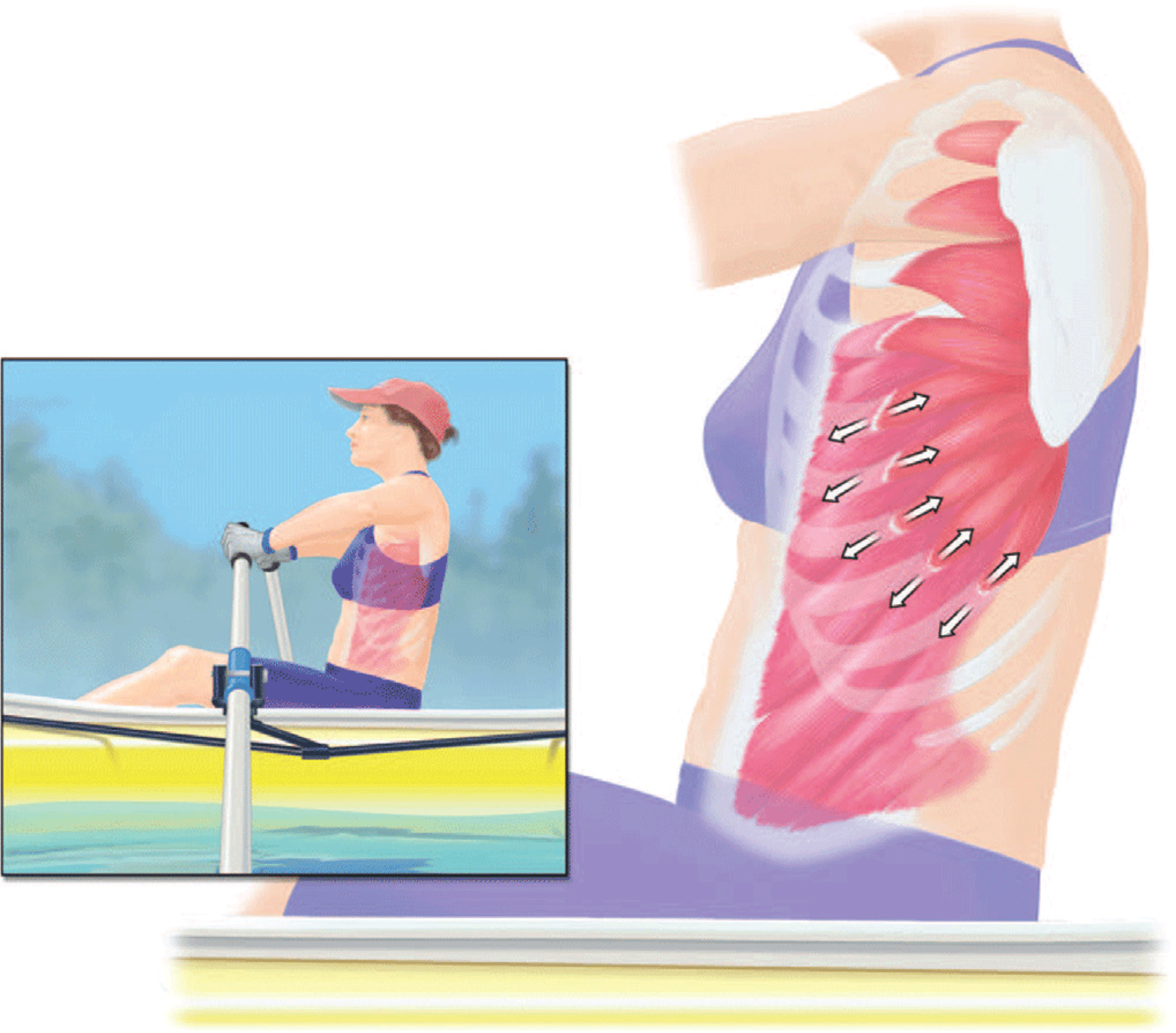
Stress Fractures And The Reproductive System In The Female Athlete
- Due to the radiation exposure involved with oblique radiography and CT, the recommended imaging modalities when spondylolysis is suspected include initial two-view radiography followed by MRI.
- Surgery for spondylolysis is recommended only when bilateral spondylolysis is present and has progressed to significant spondylolisthesis.
- Female athletes should have 1,500 mg/day of calcium and maintenance of vitamin D levels at 32 to 50 ng/mL, which may generally occur with 800 IU of vitamin D/day.
- Female athletes should have baseline dual-energy x-ray absorptiometry if they have one or more “high-risk” triad risk factors or two or more “moderate-risk” triad risk factors.


.png)







